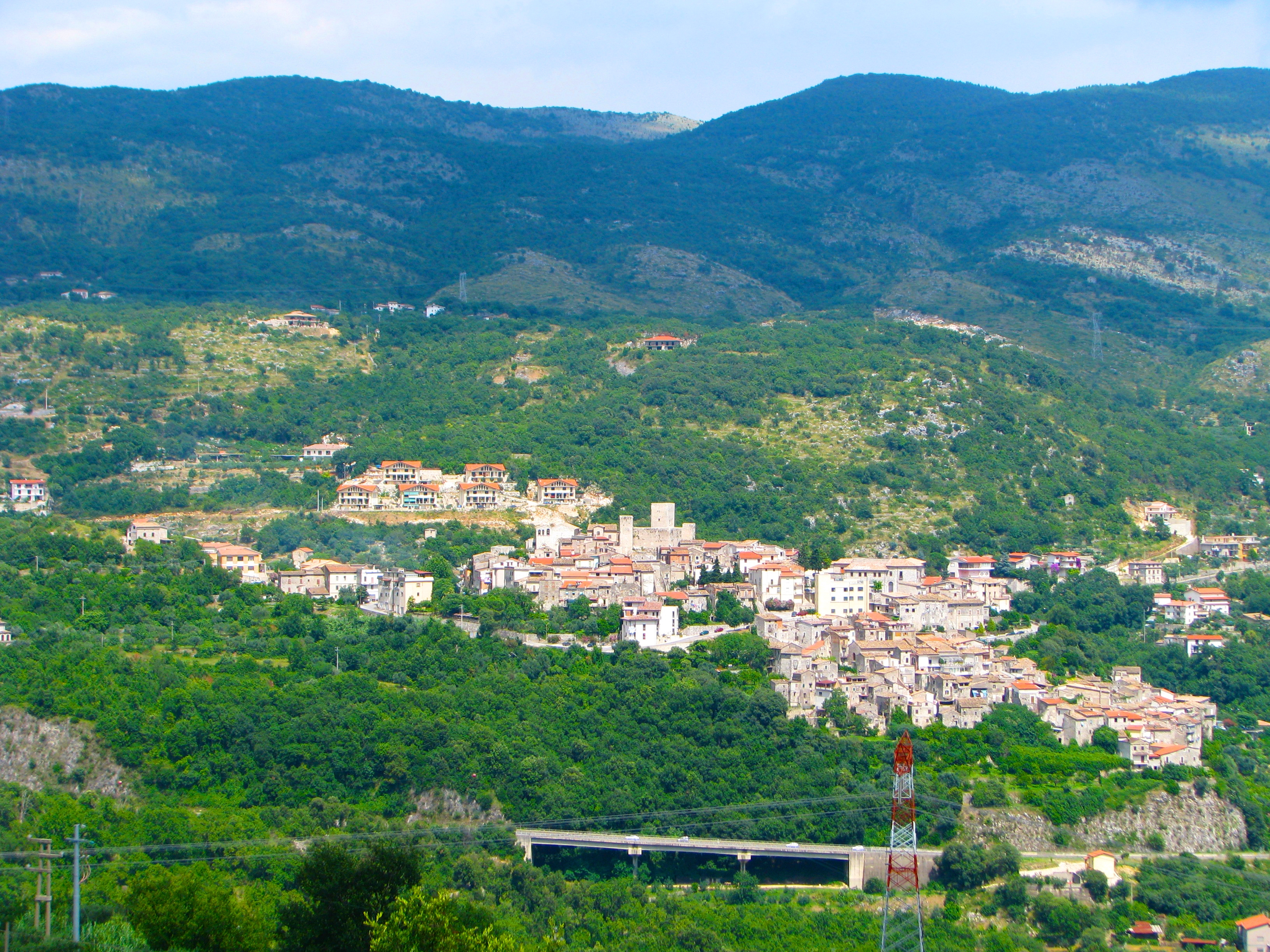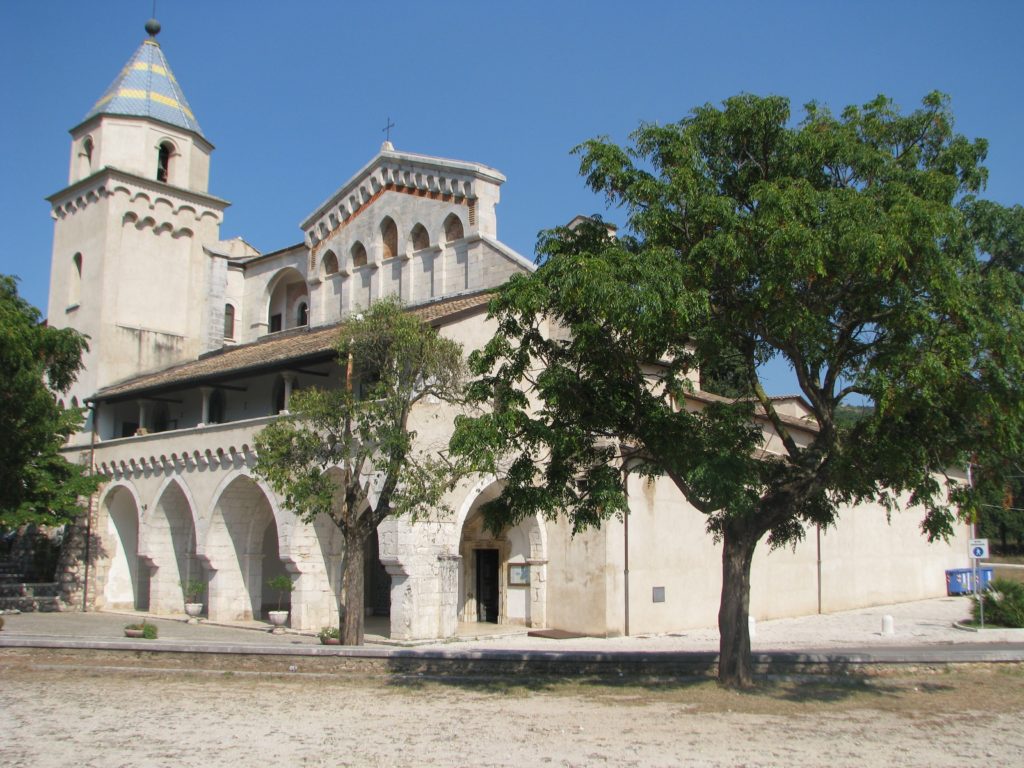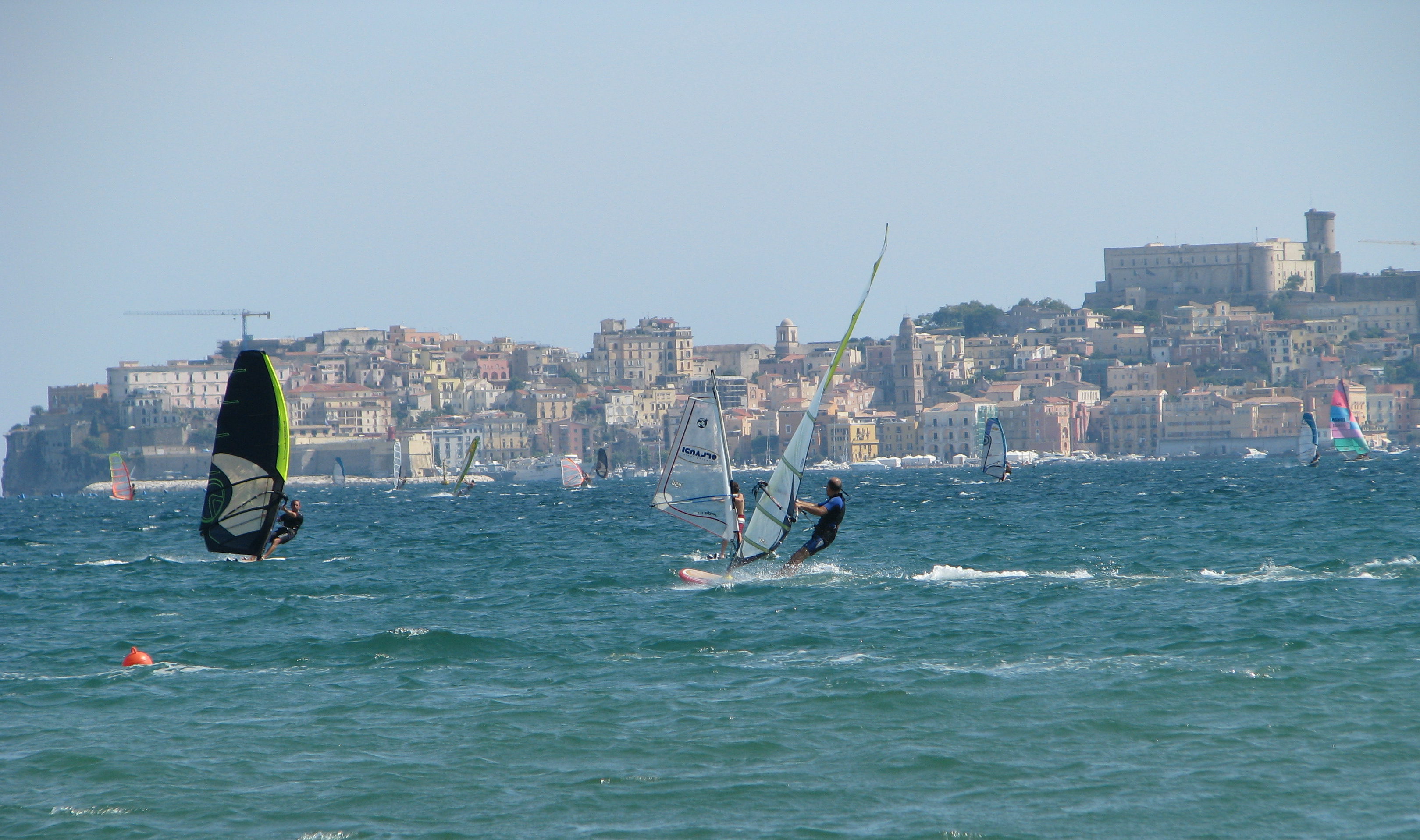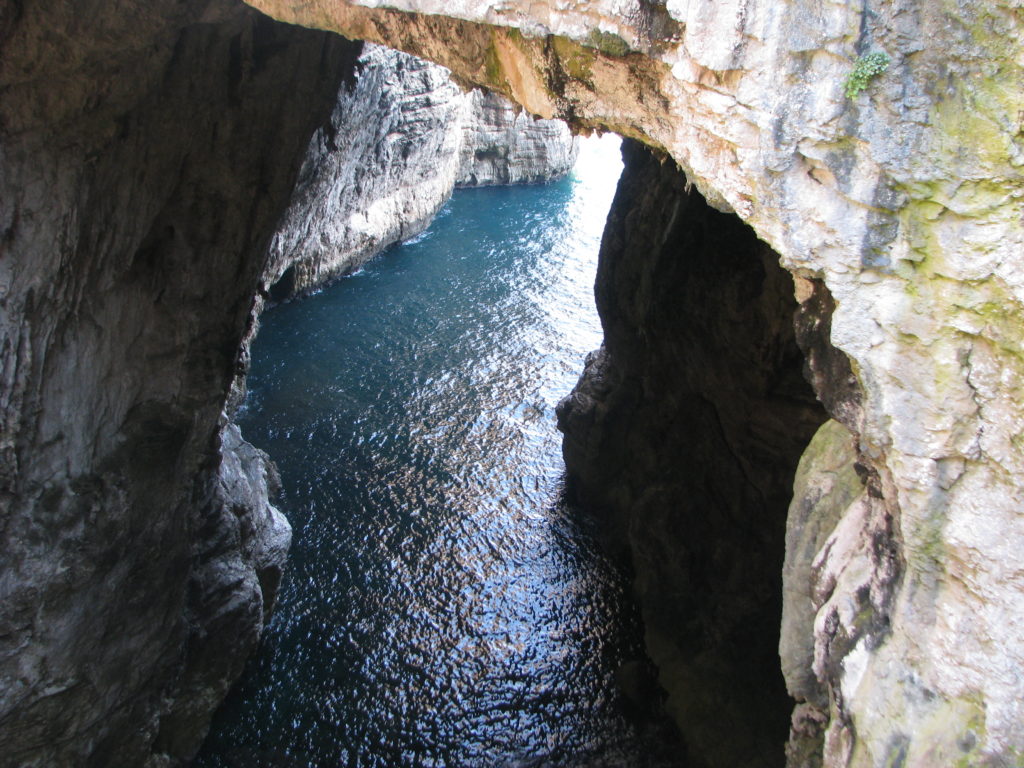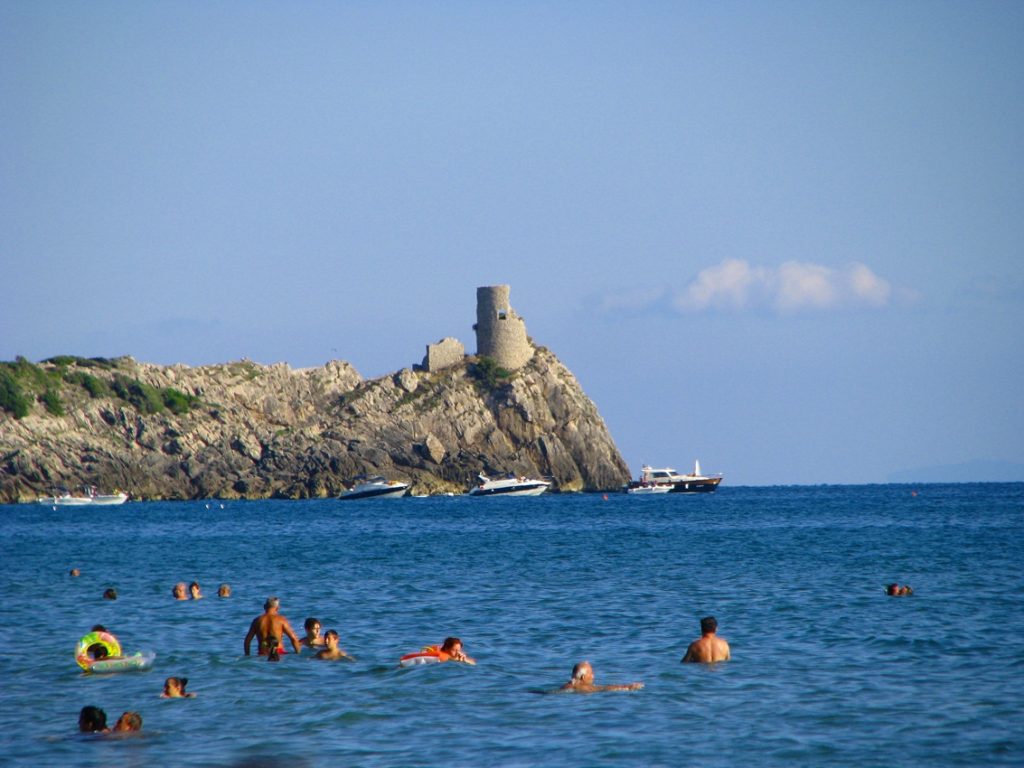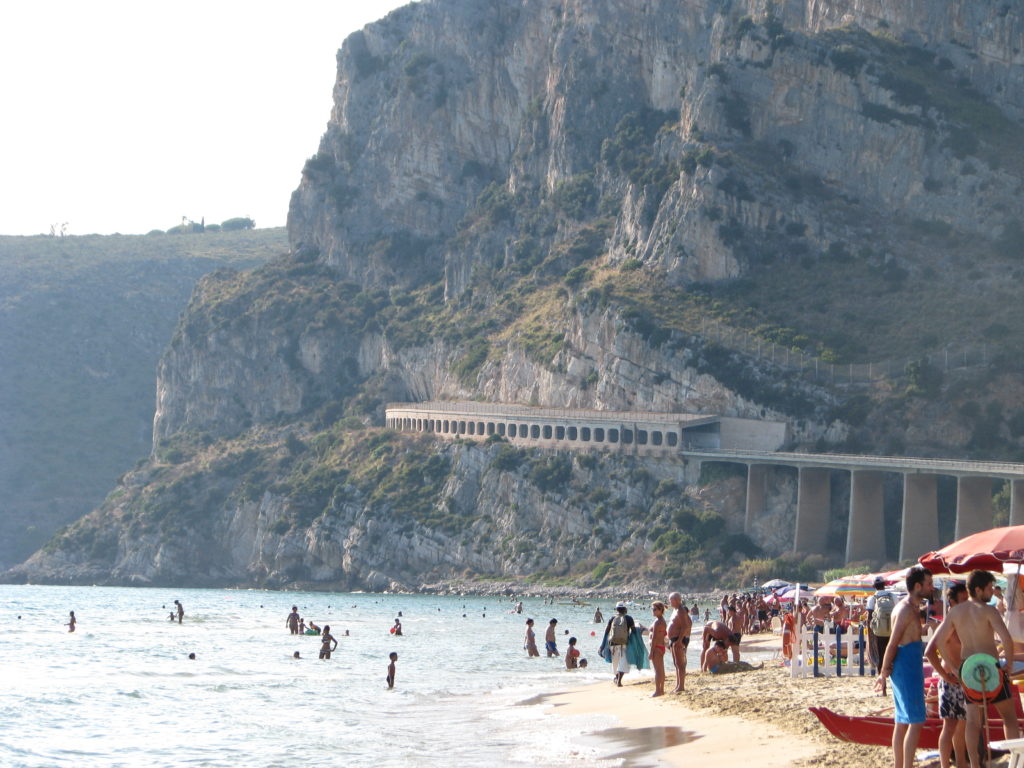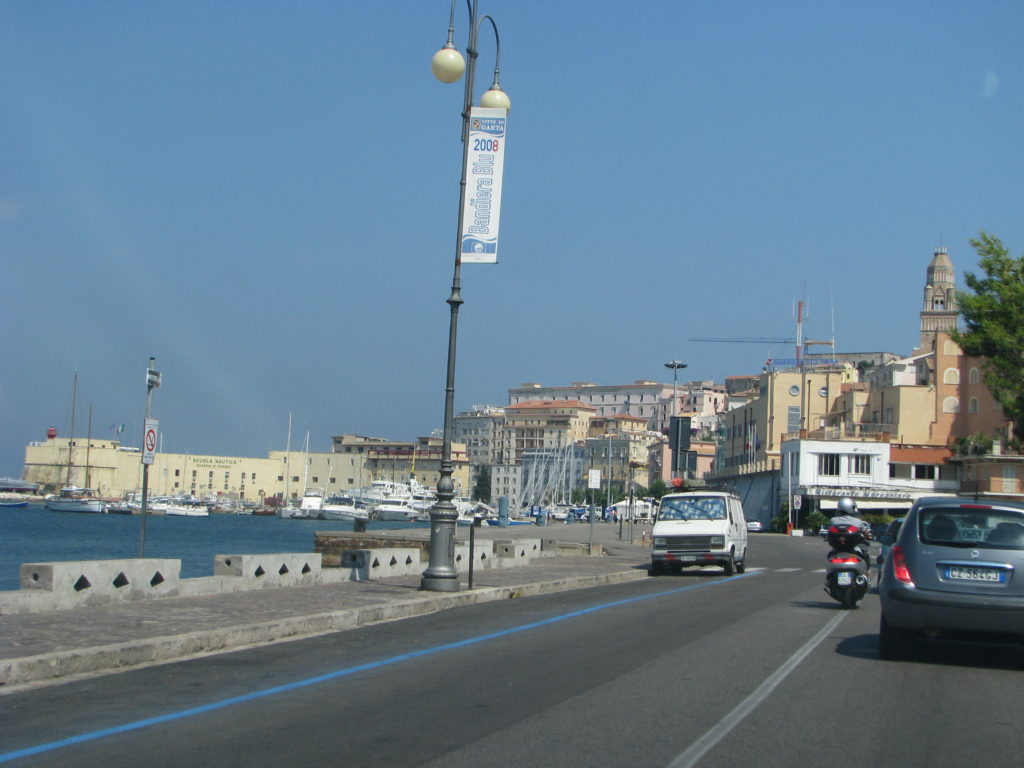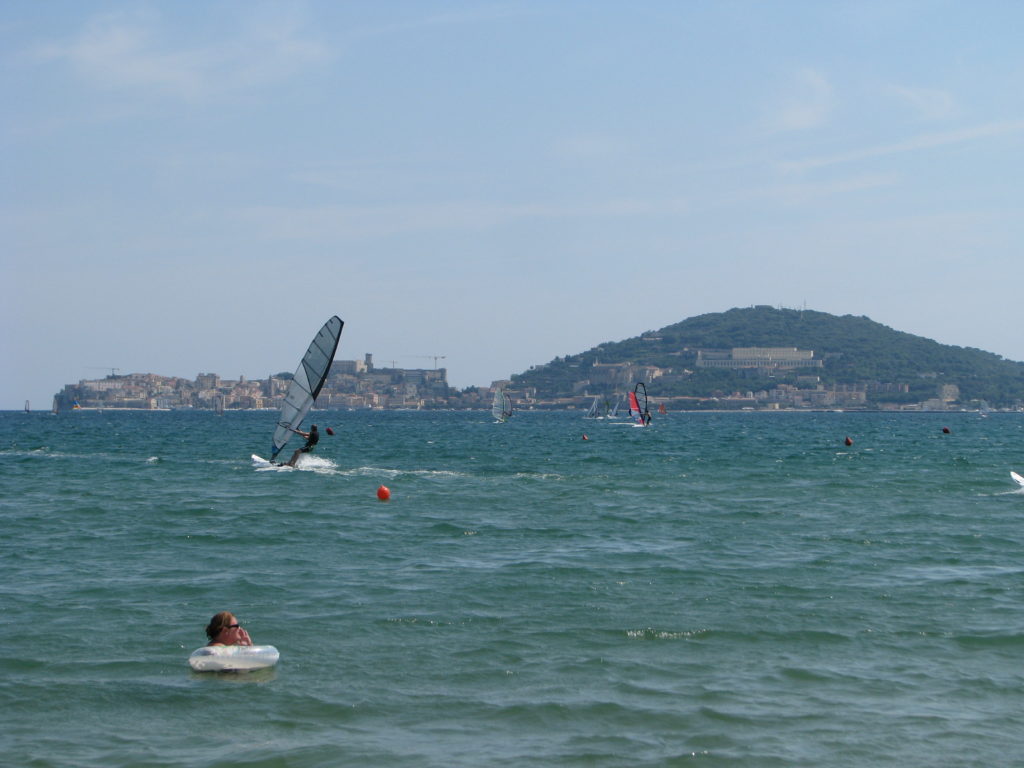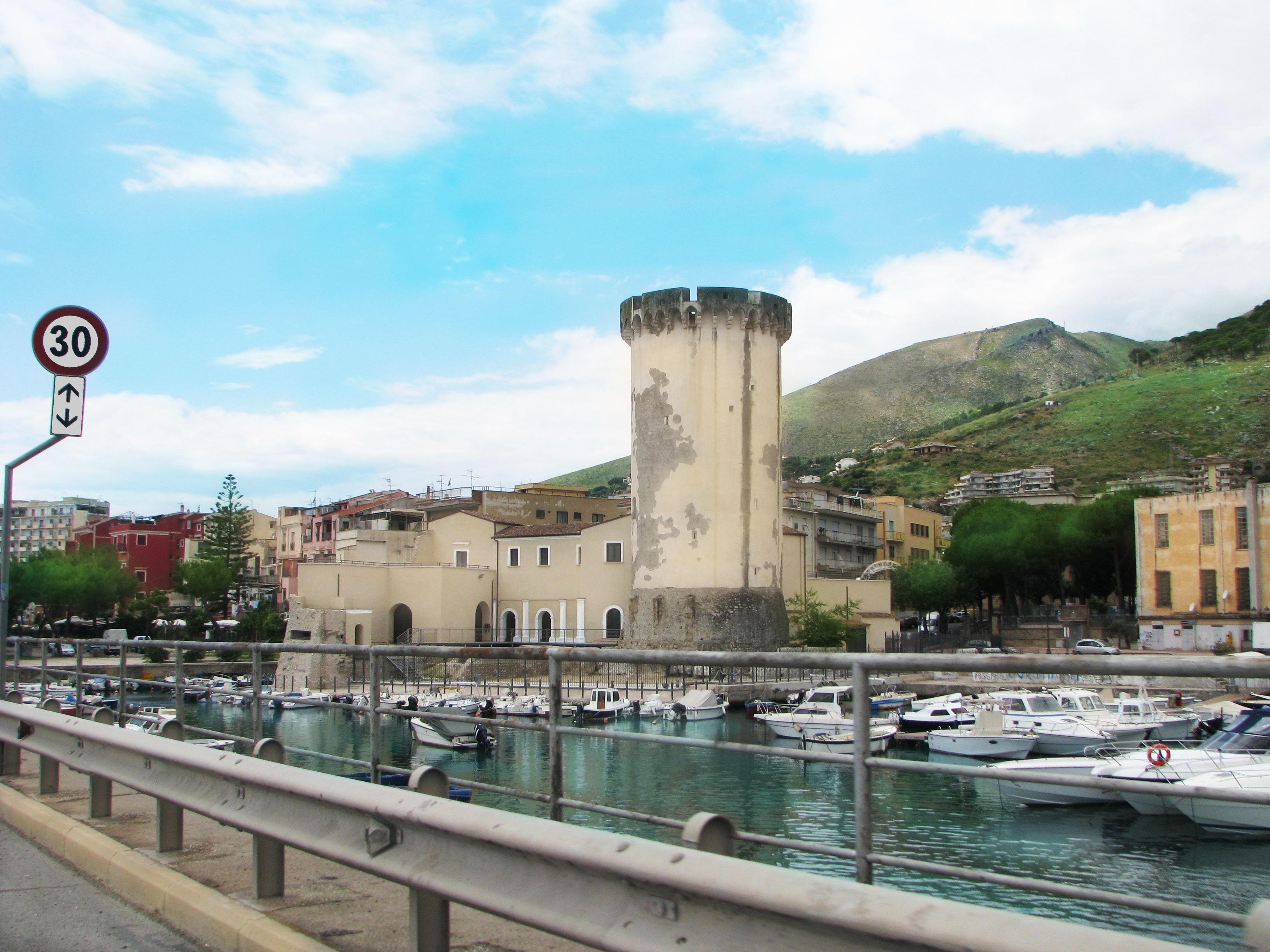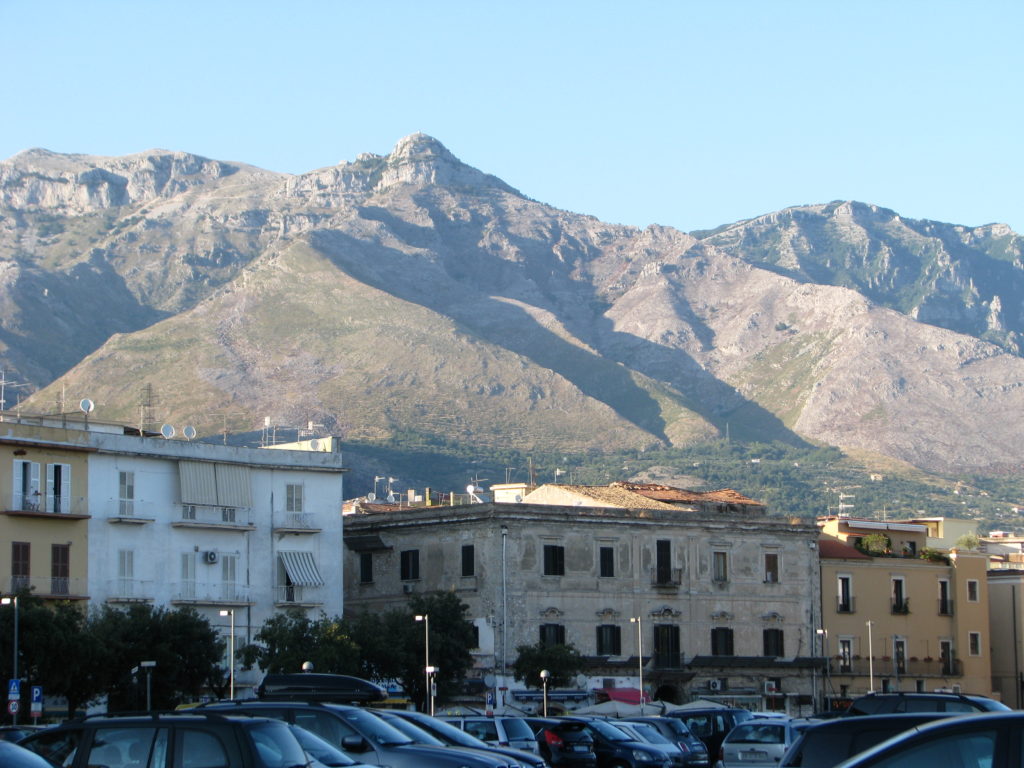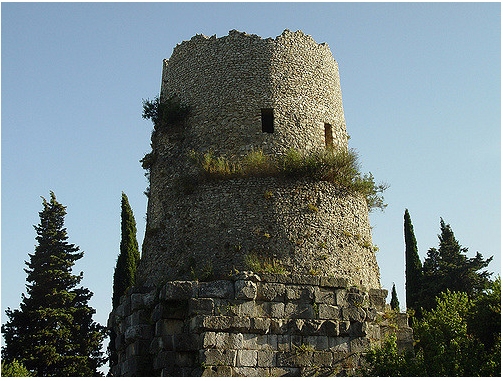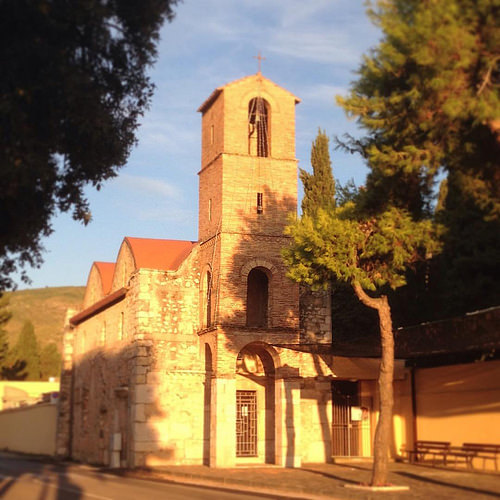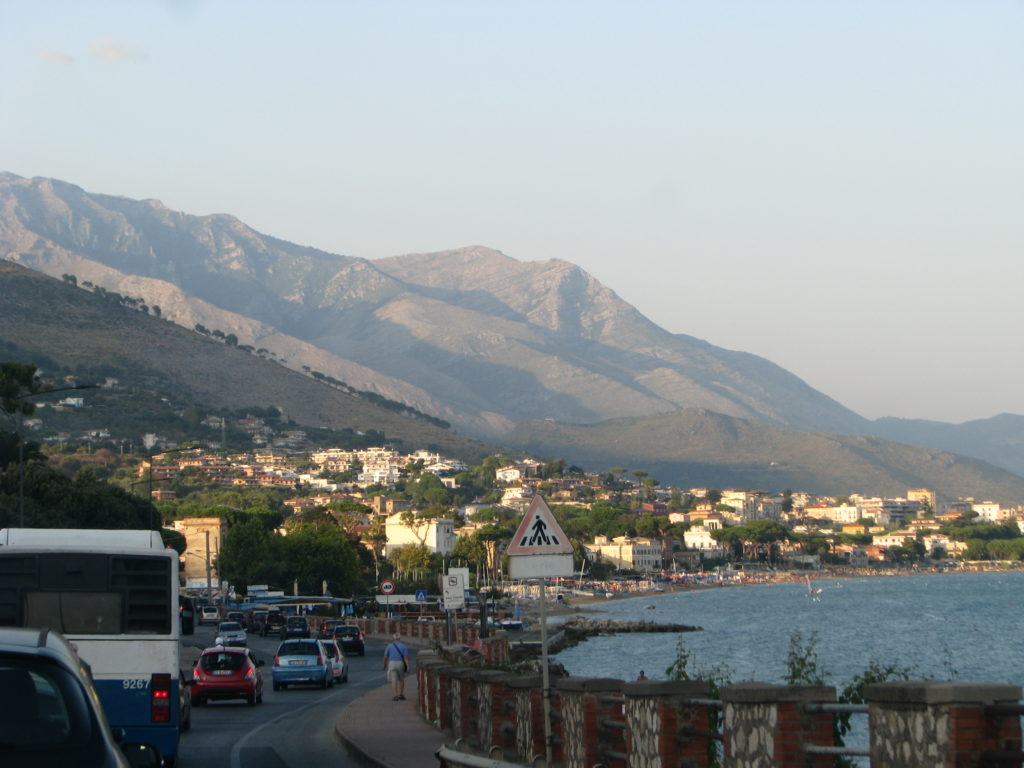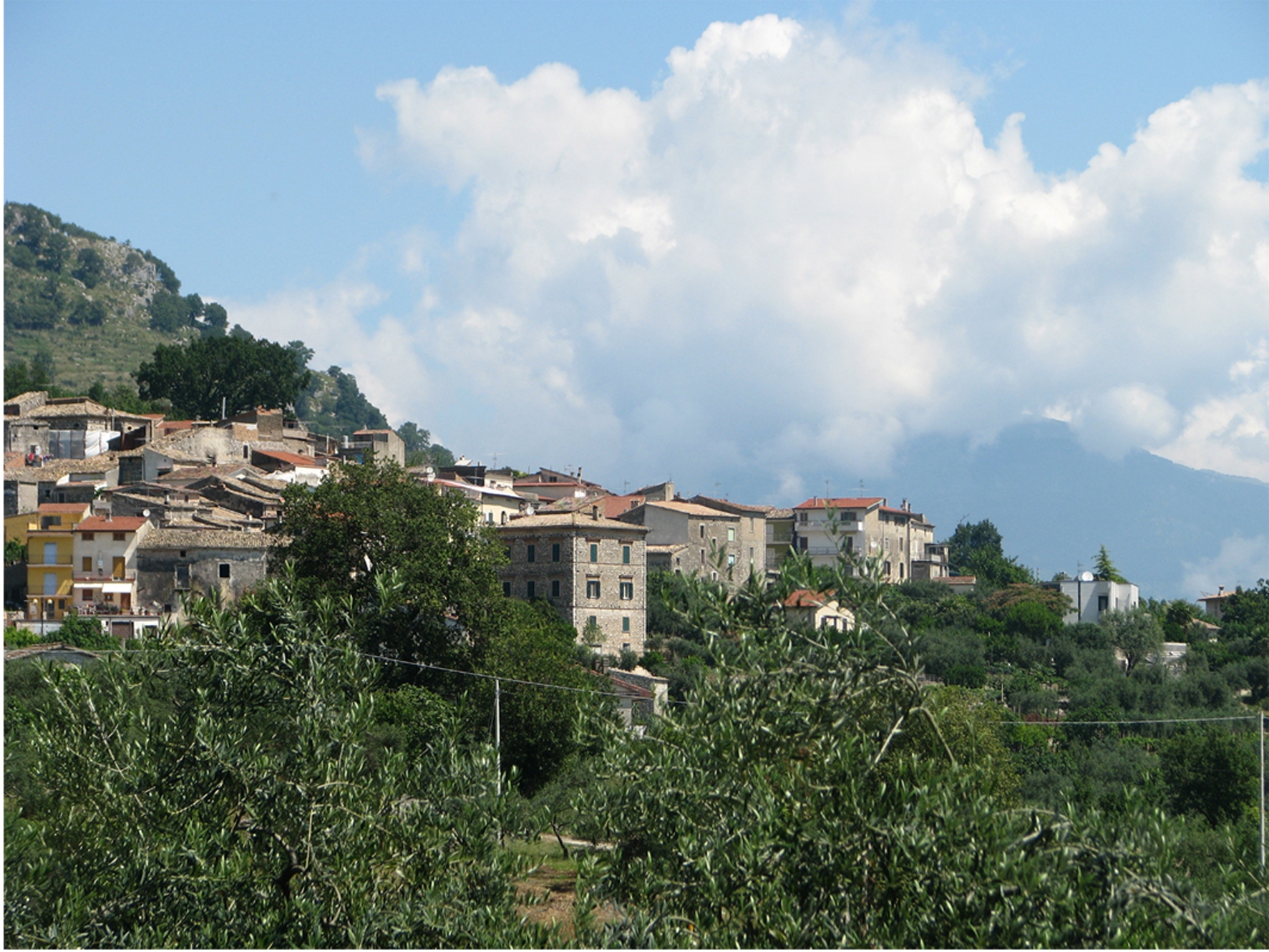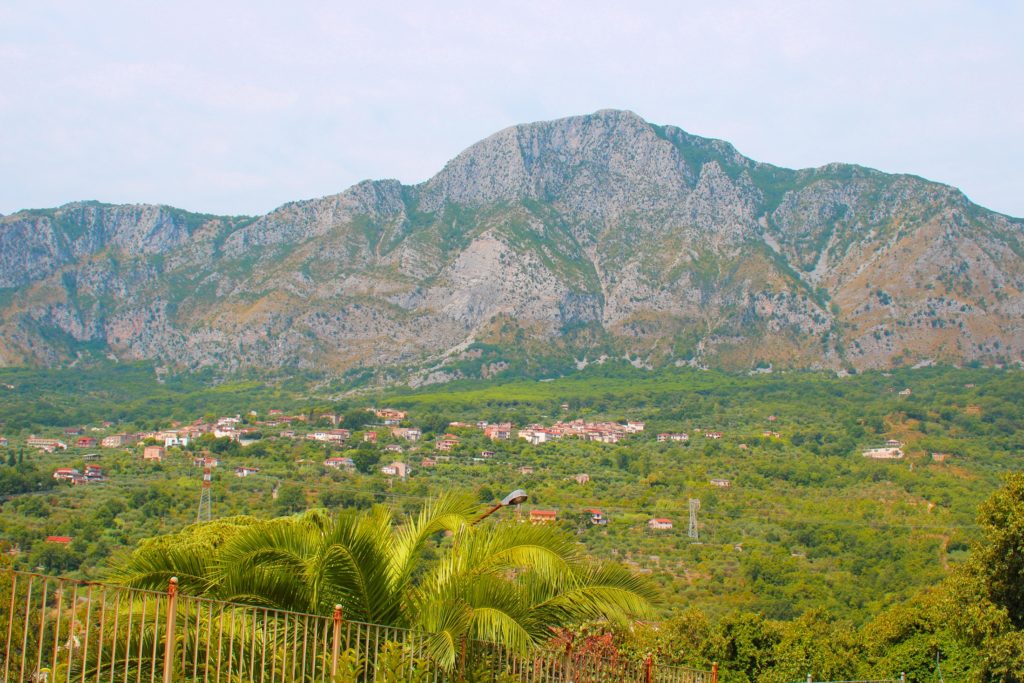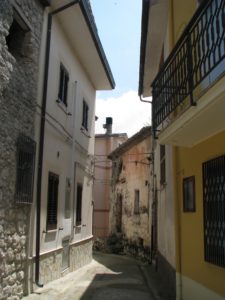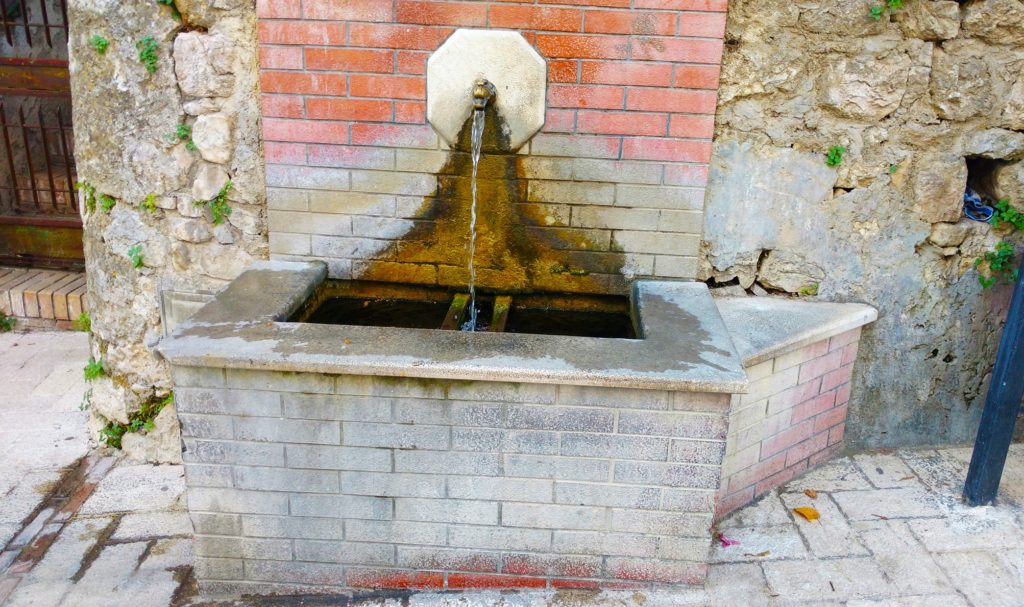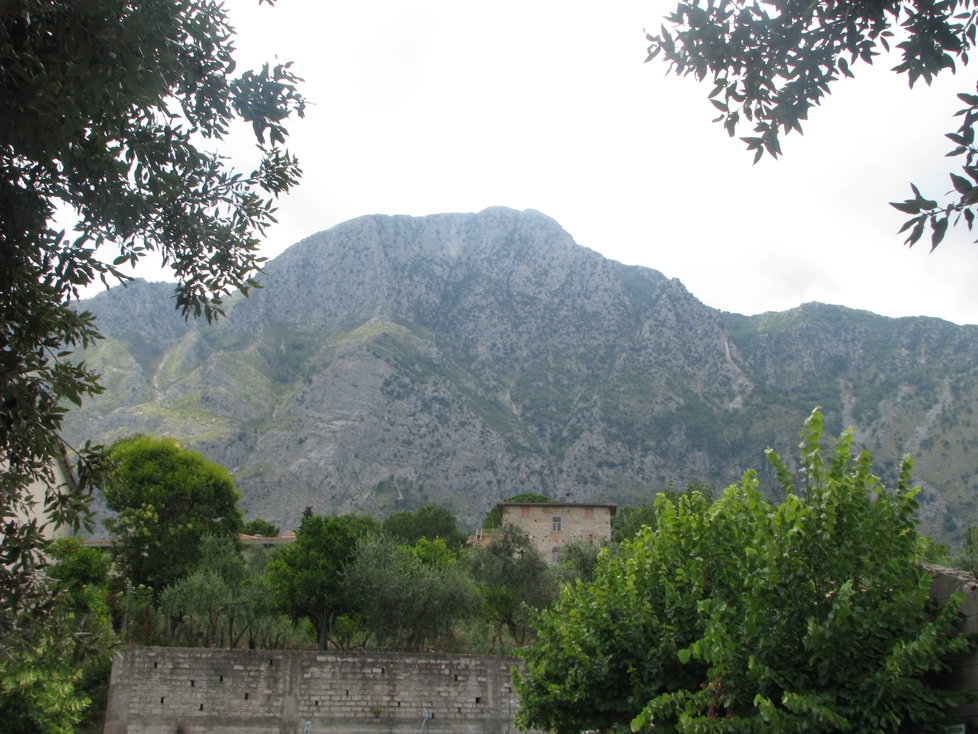Ausonia is a medieval municipality of Lazio located in the Aurunci Mountains in the province of Frosinone. It includes the villages of Selvacava, Correano, Madonna del Piano, Pastena, Bastia di Selvacava, Case, Cavone, Corevento, Orfanotrofio, Pantana, Pantane, Pantanelle – Renchiuse, Ranella, Rotondoli, and Trifolle.
The name Ausonia comes from the legendary italic people called the Aurunci who inhabited the lands in this area before it was destroyed by the ancient Romans in the 4th century BC.
Places to Visit in Ausonia
The Church of Santa Maria di Correano, located in the village of Correano is an ancient Roman church. According to local stories, it is the first church that was built outside of Rome. It is said that Augustus Caesar himself loved vacationing here and would often visit. It is also believed that the wife of Emperor Nero was buried in the sarcophagus in front of the church.
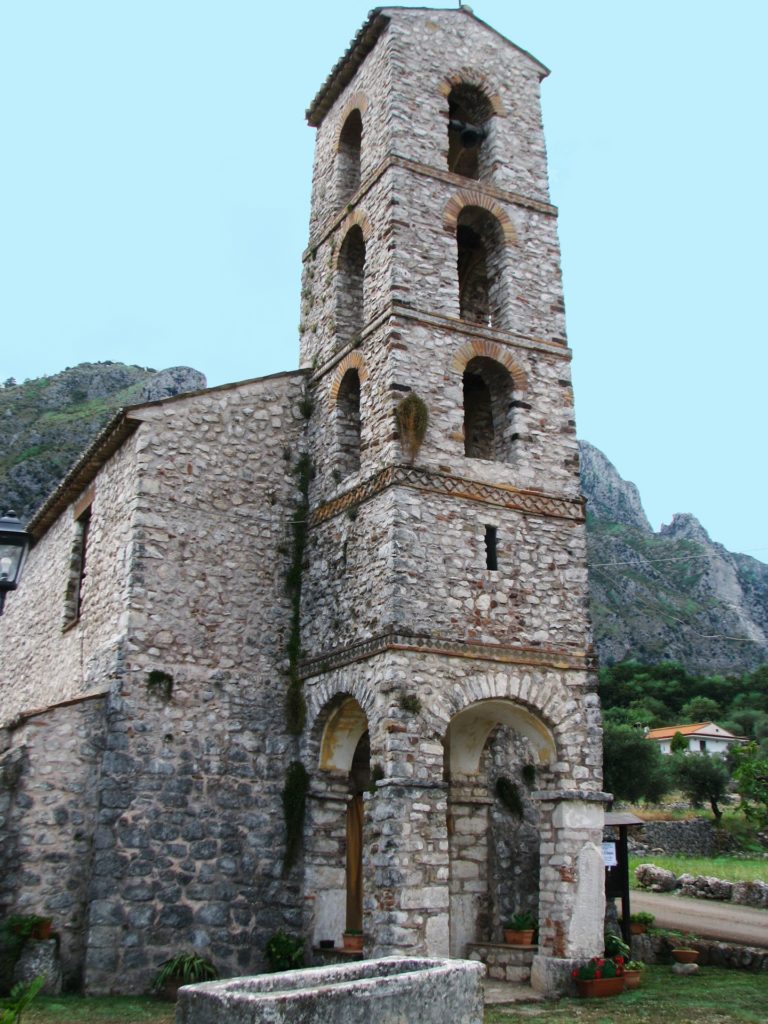
Church of Santa Maria di Correano
The Sanctuary of the Madonna del Piano (Madonna of the Plain) is a Roman Catholic Church built during the 15th century in place of the original structure that existed here. According to tradition, the Virgin Mary appeared to a young shepherd girl and asked her to have an orphanage built here.
The medieval castle of Ausonia was built in 1000 AD by the princes of Capua. It was used as a military fortress to guard the strategic road from Monte Cassino to Gaeta which cut through Ausonia.

The Castle of Ausonia with Monte Fammera in the background
Photo Credit: Man In The Maze @Flickr.com
Ausonia and the surrounding area suffered brutal battles during WWII. Many people emigrated from here after the war to the eastern United States.

Ausonia, May 14, 1944, during WWII

Taking a drive through Ausonia.
For travel arrangements, go to Travel and Tourism.

